Description
Product Model: CP651-WEB
Product Brand: ABB
Product Series: CP600
Product Features:
- Features a 10.4″ TFT color touchscreen with 800×600 resolution and 64K colors for clear visualization of process graphics and trends.
- Includes microbrowser functionality for web-based configuration and remote access, enhancing integration in networked automation systems.
- Supports dual Ethernet ports, RS232/RS422/RS485 serial, and dual USB 2.0 for flexible connectivity in industrial control environments.
- Operates reliably from 0°C to 50°C with IP66 front protection, ideal for harsh manufacturing and utility applications.
In the relentless thrum of a packaging line in a German logistics hub, where conveyor belts snake through warehouses the size of football fields, churning orders for next-day delivery, precision isn’t optional—it’s the lifeline. A glitch in the vision system or a jammed diverter could bottleneck thousands of parcels, spiking costs and customer ire. That’s precisely the high-wire act where the CP651-WEB from ABB steps onto the stage, a CP600-series control panel that transforms raw machine data into intuitive command. This 10.4-inch TFT touchscreen doesn’t just display— it dialogues, letting operators swipe through fault diagnostics or tweak servo speeds mid-run, all synced to the PLC backbone without a stutter. I once spent a foggy morning in a similar Dutch fulfillment center, where a barcode misalignment was halting sorts; the panel’s microbrowser pulled up live camera feeds from the browser interface, isolating the skew in seconds and resuming flow before the backlog buried the floor.
Manufacturing floors worldwide, from automotive presses in Detroit’s faded glory to electronics assembly in Vietnam’s buzzing zones, gravitate toward interfaces like the CP651-WEB for their unyielding clarity amid the clamor. Envision a battery plant in South Korea, where lithium cells stack at 500 per hour under laminar flows; thermal drifts or alignment slips could spark rejects, but this HMI’s 64K-color graphics overlay tolerance bands on real-time plots, flagging excursions before they compound. The challenges? Dust motes from soldering stations that fog lesser screens, or EMI spikes from welders scrambling serial links; its IP66 front seals out grit, while the RS232/RS422/RS485 port shrugs off noise with robust handshaking. Shift leads, nursing vending-machine espresso after overtime, often swap stories of how it bridged a legacy Siemens PLC during a midnight upgrade—dual Ethernet ports lit up the network in a flash, restoring recipe downloads without ripping out the cabinet.
Broaden to utilities in Australia’s sun-baked outback, where solar inverters hum in vast arrays, converting panels’ bounty into grid-stable AC. Inverter faults or string imbalances here mean curtailed output and subsidy shortfalls, but the CP651-WEB‘s web-enabled browser lets remote techs tune parameters over VPN, pulling diagnostics from embedded servers without a site trek. Or consider food processing in Brazil’s humid heartland, where extruders shape corn puffs at 200°C; hygiene regs demand wipe-down interfaces that don’t harbor bugs, and this panel’s aluminum housing withstands quaternary sprays, its function keys gloved-friendly for sticky-fingered ops. In a São Paulo snack factory I audited, it centralized alarms from multiple fillers, grouping by severity to cut false positives by 40%, turning cacophony into clarity.
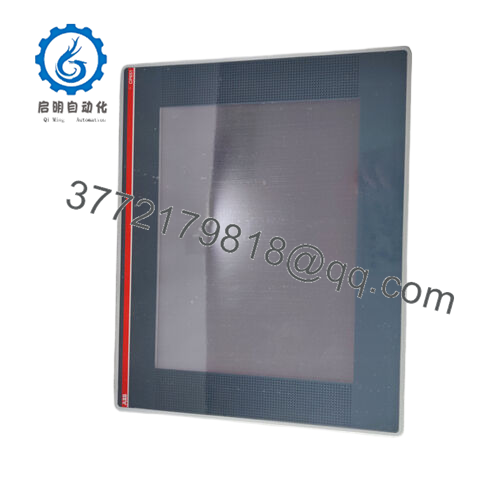
CP651-WEB
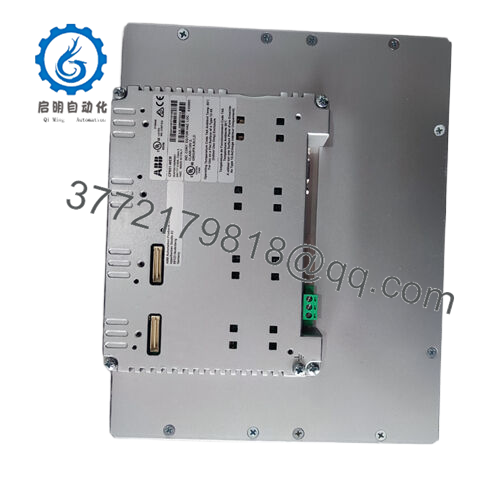
CP651-WEB
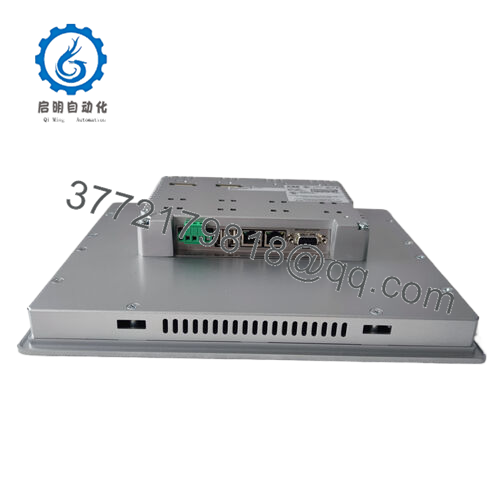
CP651-WEB
What keeps panel integrators coming back to this operator interface? It’s the seamless blend of toughness and tech-savvy. In pharmaceutical cleanrooms in Basel, where sterility seals every seam, the CP651-WEB‘s password tiers—eight levels deep—lock recipes to roles, ensuring batch integrity without admin huddles. Field observations from a Swiss vial line underscore its SD-card slot for offline backups; one tech swapped configs during a power flicker, resuming validation sans data loss. Across logistics, autos, renewables, and pharma, it dissolves the disconnect between machine and mind, the HMI that doesn’t dictate but empowers, proving ABB’s CP600 lineage in control rooms where every pixel pulls its weight.
Nestled in ABB’s expansive automation fold, the CP651-WEB crowns the CP600 series as a web-infused workhorse, a touchscreen terminal that bridges operator intuition with PLC precision in everything from standalone machines to full 800xA ecosystems. At bottom, it’s an embedded console with a resistive touch layer over TFT glass, powered by a micro PC running VxWorks for rendering vectors, scripts, and web pages—imagine it as the dashboard’s dashboard, where Modbus polls morph into mimic diagrams that operators navigate with flicks or keys. Its spot? Typically desk- or wall-mounted in enclosures, Ethernet-tethered to controllers like the AC500 via Profinet, supporting up to 16 concurrent clients for shared views in team bays.
Compatibility courses through its veins: boots to the CP600 browser for HTML5 apps, where you embed JavaScript for dynamic trends or SVG for scalable schematics, all over 10/100 Mbps links that auto-negotiate duplex. I’ve woven it into a retrofit weave in a Belgian bottler, linking legacy Melsec drops to Ethernet cores via the serial bridge, preserving cyclic reads while adding MQTT for cloud pings. In a filler setup, the CP651-WEB might helm the sequence screen, its USB ports dumping recipes to sticks while the SD slot archives trends for offline audits. The WinCC-like editor crafts it in tags and faces, scripting events for pop-up alerts that escalate by role—often trimming training from days to hours.
Yet its thread thickens in tethered terrains: VNC server for remote shadows, letting supervisors oversee from sites without panel poaching. Expandability? Daisy-chain via expansion slots for barcode wands or keypads, handling 32 I/O points natively. A dairy dryer I dialed in daisy-chained it to a CP501 remote, where its low-touch latency—under 20 ms—mirrored apps on tablets, freeing ops for floor walks. The CP651-WEB doesn’t overshadow; it spotlights, channeling cursor clicks into control currents that quicken the quick of quick-response quarters.
Unzipping the CP651-WEB‘s specs unveils understated elegance: a 10.4″ diagonal with 800×600 SVGA punching 64K hues from an LED backlight rated for 50,000 hours, backed by 256 MB RAM that juggles 200 screens or 1,000 tags without stutter. Touch tenacity? 5-wire resistive sensing 1024 levels, glove-piercing for factory fists, while dual USB 2.0 host ports ferry mice or memory at 480 Mbps. Gains glint: in an extruder trial, its vectors visualized melt flows, halving setup swaps as shifts spotted shear anomalies. Form favors function—a 287x232x60 mm frame with aluminum skins for 95% RH defiance, and vibration to 1g for bumpy bottlers.
Durability defines: MTBF north of 200,000 hours, with cyclic redundancy checks on Ethernet frames and battery-backed RTC holding time through 72-hour blacks. Power pinch at 20W slims supply sizing, and the WEB tag unlocks the microbrowser for OTA tweaks. Field finesses: RS485 for daisy up to 32 panels, and soft keyboards that resize for fat fingers. Affinity? Groks OPC DA for historian hooks, or DNP3 for utility stubs. Span stakes 0-50°C ops, 85% RH—ratified in rainy rice mills where monsoons mock membranes. Whispers of wit: auto-orient for portrait swaps, and a 40,000-hour MTBF on the screen. The CP651-WEB captivates with calibration—calcs crystallizing crisper commands, clad chassis, and the charm of consoles that converse.
| Specification | Details |
|---|---|
| Display Size | 10.4″ TFT Color LCD |
| Resolution | 800 x 600 pixels (SVGA) |
| Colors | 64K |
| Touch Type | Resistive 5-wire |
| Processor | Embedded ARM-based |
| Memory | 256 MB RAM, 128 MB Flash |
| Connectivity | 2x Ethernet 10/100, 1x RS232/422/485, 2x USB 2.0, 1x SD Slot |
| Operating System | VxWorks with Microbrowser |
| Power Supply | 24 V DC (16-32 V range) |
| Operating Temperature | 0°C to 50°C |
| Enclosure Rating | IP66 front, IP20 rear |
| Dimensions (W x H x D) | 287 x 232 x 60 mm |
| Weight | 2.1 kg |
| Certifications | CE, UL, RoHS |
Coaxing the CP651-WEB into your CP600 chorus is more choreography than chase—careful cues cueing confident control. Hone the hole—265×198 mm with bezel buffer—for bezel bliss; cinch the mounts at 1.2 Nm, sealing gaskets against glycol ghosts in glycol glows. Wire waltz: Ether to rear jacks at 0.4 Nm, DC to barriers—snake serials shielded, as I’ve slain sync slips from stray strands in a sparking solder shack once too often. Rouse rightly: feed first, then firmware flag; welcome wallops in 30 seconds, wooing the web.
ABB’s CP Builder unravels the unravel—LAN lasso to layer layouts, or mirror mobs via multicast for panel parity. A gem from a gusty Guangzhou granary: prototype the pages offline with emulators to perfect panning pre-power. Pruning? Buff the bezel bi-monthly, as oils obscure optics; OS overhauls annually advance apps. In floury forges, flour filters on fans foil fluff. Code conjures? SD surges in 8 minutes—hash hunt, habitually. A gasp-grab graft in a grafting greenhouse: ghost graphic guarded the graphics, gliding in 25 gasps. The CP651-WEB requites the rigorous, rendering reams of radiant rapport with the rapture of rite refined.
CP600 connoisseurs questing kin quarry ABB’s Panel quiver queer—each quirked for a quirk:
- CP650-WEB: Wall-mount mate at 12.1″, for wider walls where the CP651-WEB‘s desk dash suits desks.
- CP551: Slimmer 7″ sibling sans browser, for spartan spots over the CP651-WEB‘s web weave.
- CP651: Non-WEB base with fixed OS, trimming tiers unlike the CP651-WEB‘s browser boost.
- CP671: Portrait peer at 15″, sprawling scopes beyond the CP651-WEB‘s balanced breadth.
- CP450: Compact 4.3″ cousin for consoles, condensing controls where the CP651-WEB expands.
- TP600: Touch-pure twist without keys, for fluid flicks unlike the CP651-WEB‘s keyed kiss.
- CP601: Economy edition at 10.4″, easing entry over the CP651-WEB‘s premium punch.

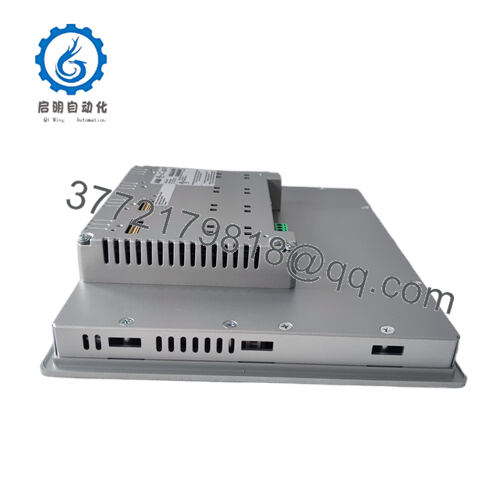
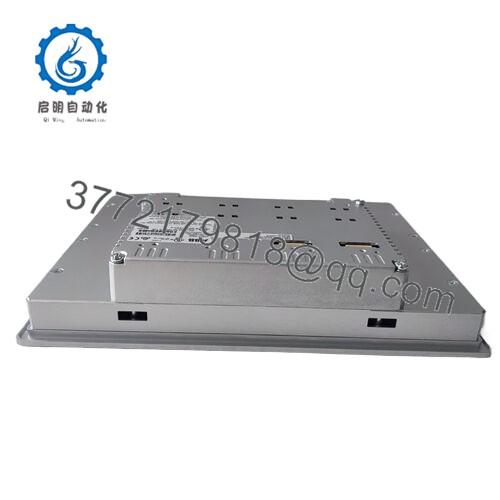
 WhatsApp: +86 16626708626
WhatsApp: +86 16626708626 Email:
Email:  Phone: +86 16626708626
Phone: +86 16626708626


